Given .distance x to y 2700 nm .mach number 0 75.temperature 45°c.mean wind ? [ Experience landing ]
Question 94-1 : 1386 nm 1350 nm 1313 nm 1425 nm
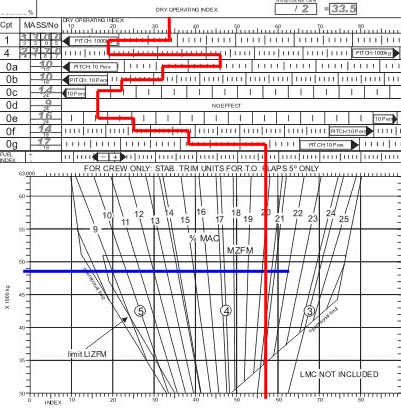 1386 nm.
1386 nm. At reference or see flight planning manual mep1 figure 3 6.a flight is to be ?
Question 94-2 : 20 nm 29 nm 36 nm 25 nm
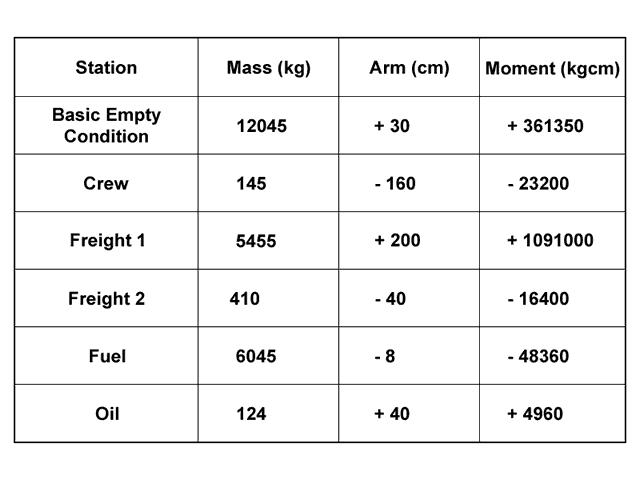 20 nm.
20 nm. Given .distance from departure to destination 2800 nm .true track 140 .w/v ?
Question 94-3 : Distance 1680 nm time 252 min distance 1120 nm time 112 min distance 1400 nm time 168 min distance 1120 nm time 134 min
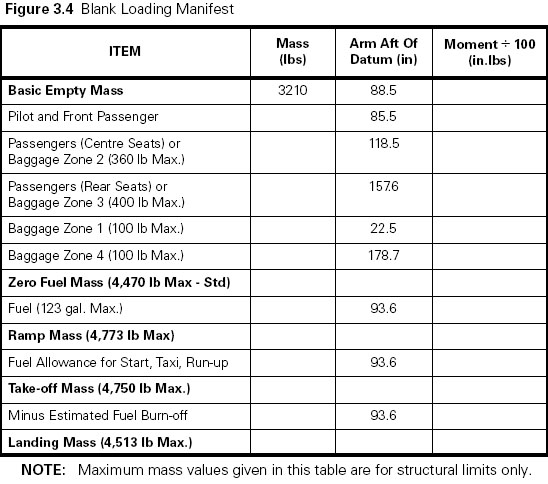 Distance: 1680 nm time: 252 min
Distance: 1680 nm time: 252 min Route manual chart nap.the initial magnetic course from c 62°n020°w to b ?
Question 94-4 : 116° 080° 098° 113°
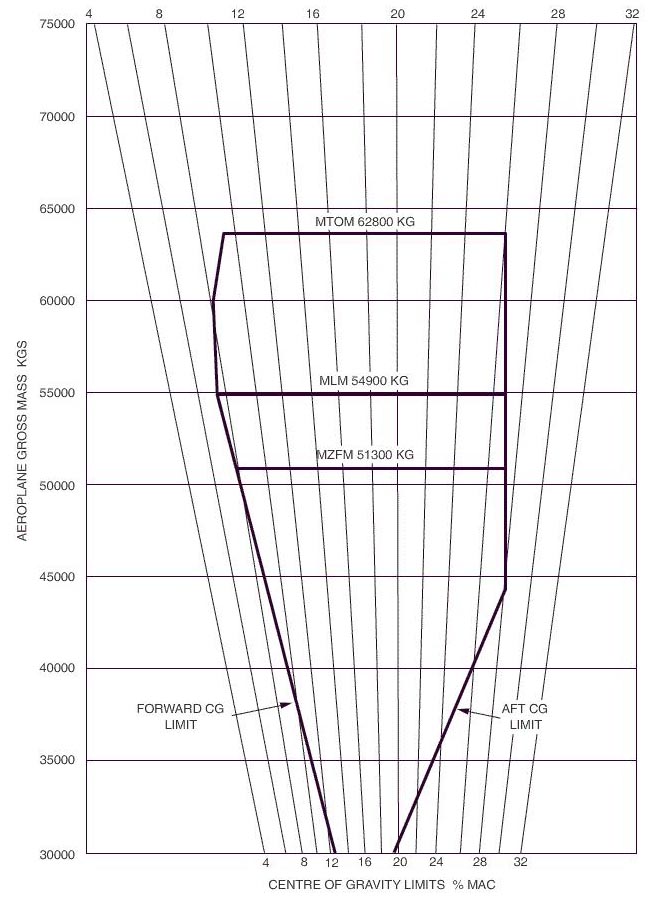 116°.
116°. Find the time to the point of safe return psr given .maximum useable fuel ?
Question 94-5 : 2 h 51 min 3 h 43 min 2 h 59 min 2 h 43 min
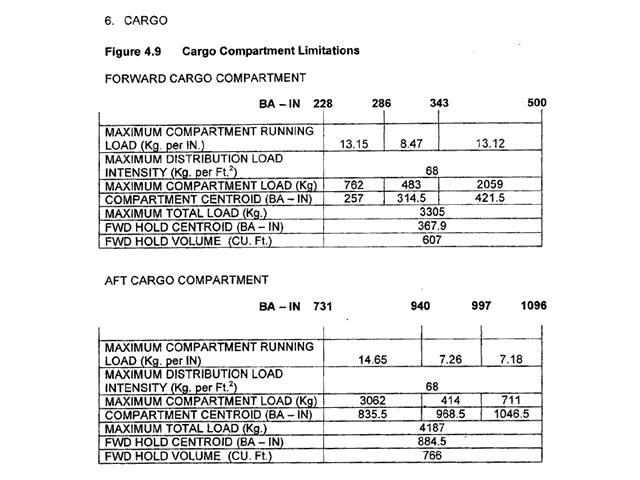 2 h 51 min
2 h 51 min At reference or see flight planning manual mrjt 1 figure 4 1. find the optimum ?
Question 94-6 : 34500 ft 33800 ft 35300 ft maximum operating altitude
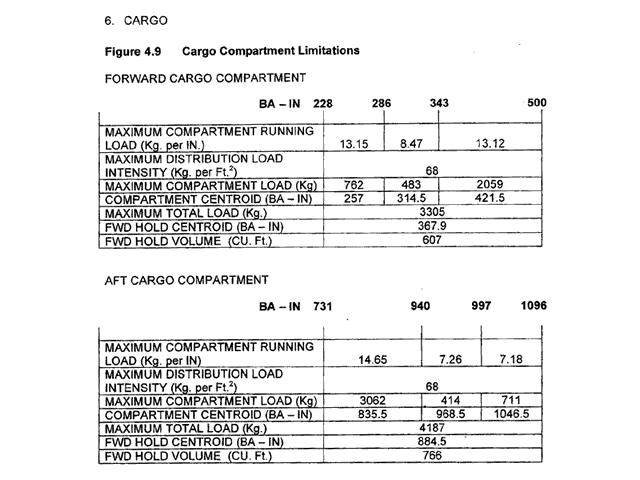 34500 ft
34500 ft Given .distance from departure to destination 3750 nm .safe endurance 9 5 h ?
Question 94-7 : 2255 nm 2070 nm 1128 nm 1495 nm
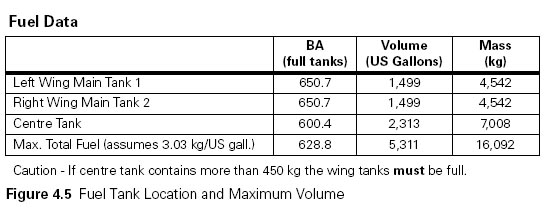 2255 nm
2255 nm Which best describes be maximum intensity of icing if any at fl150 in the ?
Question 94-8 : Moderate light severe nil
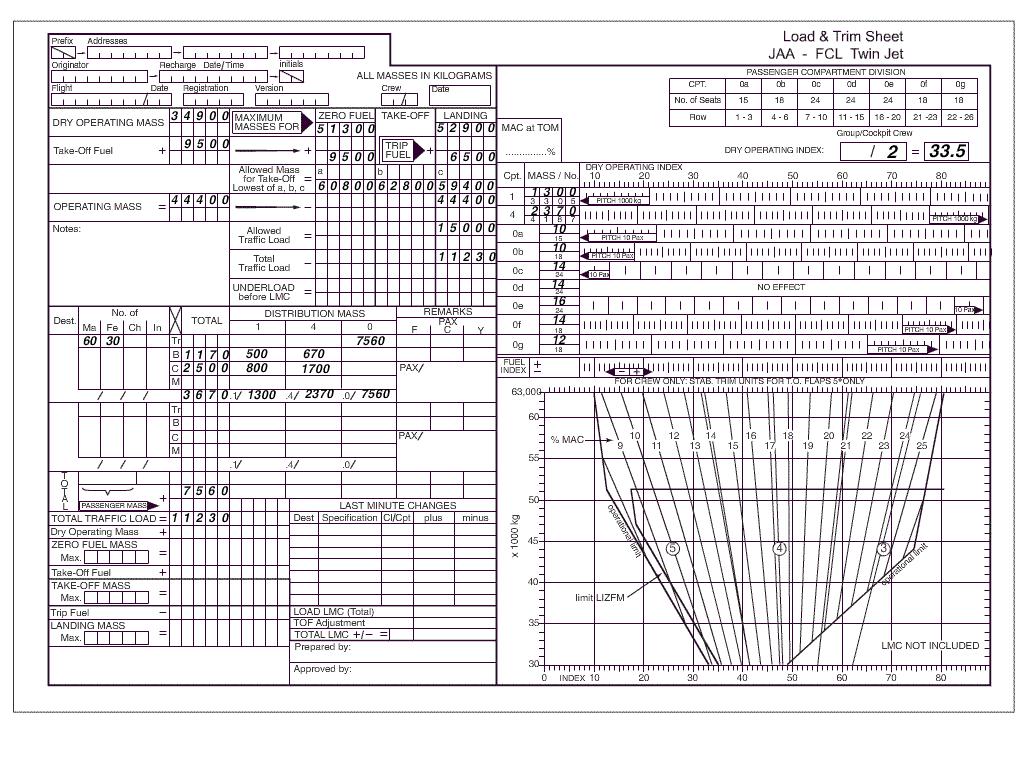 Moderate.
Moderate. Given .distance from departure to destination 210 nm.safe endurance 3 5 h .true ?
Question 94-9 : 200 nm 125 nm 100 nm 10 nm
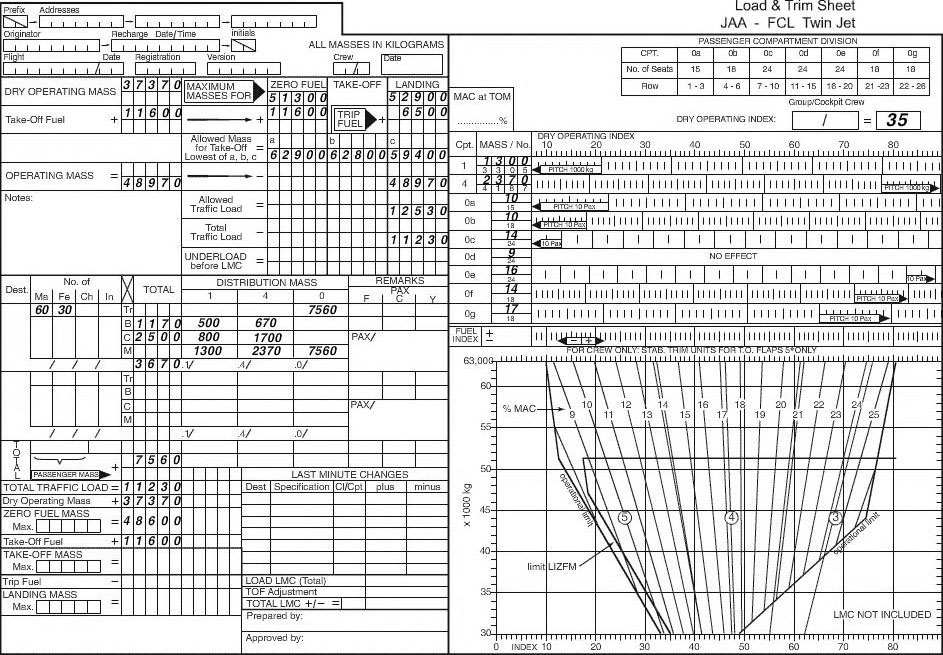 200 nm
200 nm What maximum surface windspeed kt is forecast for bordeaux/merignac at 1600 utc ?
Question 94-10 : 30 kt 25 kt 10 kt 5 kt
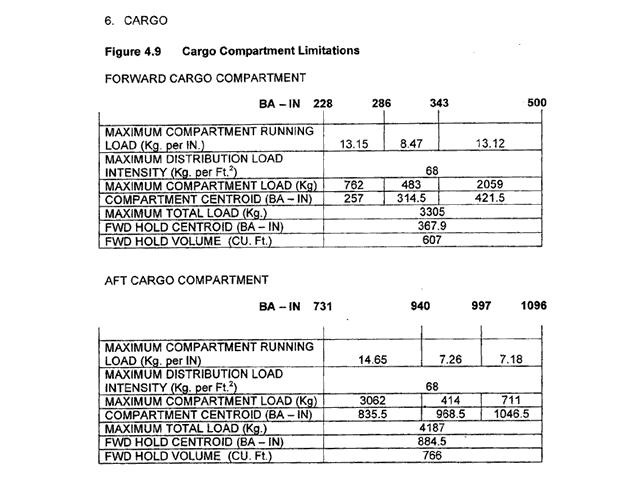 30 kt.
30 kt. Which best describes the significant cloud forecast over toulouse 44°n001°e ?
Question 94-11 : Broken ac/cu base below fl100 tops fl150 embedded isolated cb base below fl100 tops fl270 well separated cb base fl100 tops to fl 270 isolated cb embedded in layer cloud surface to fl270 5 to 7 oktas cu and ac base below fl100 tops to fl270
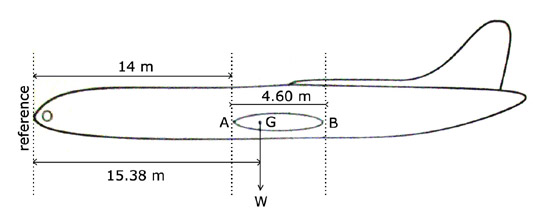 Broken ac/cu base below fl100 tops fl150, embedded isolated cb base below fl100 tops fl270
Broken ac/cu base below fl100 tops fl150, embedded isolated cb base below fl100 tops fl270 At reference or see flight planning manual mrjt 1 figure 4 4 .holding ?
Question 94-12 : 1635 kg 1090 kg 1690 kg 1125 kg
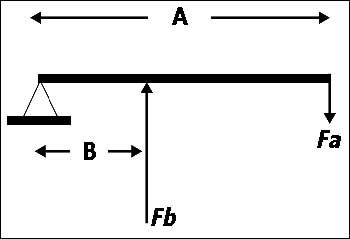 1635 kg.
1635 kg. The wind °/kt at 50°n 015°w is . err a 033 438 ?
Question 94-13 : 290/75 310/85 310/75 100/75
At reference or see flight planning manual mrjt 1 figure 4 3 6. in order to get ?
Question 94-14 : Distance nm wind component landing mass at alternate still air distance wind component zero fuel mass flight time wind component landing mass at alternate distance nm wind component zero fuel mass
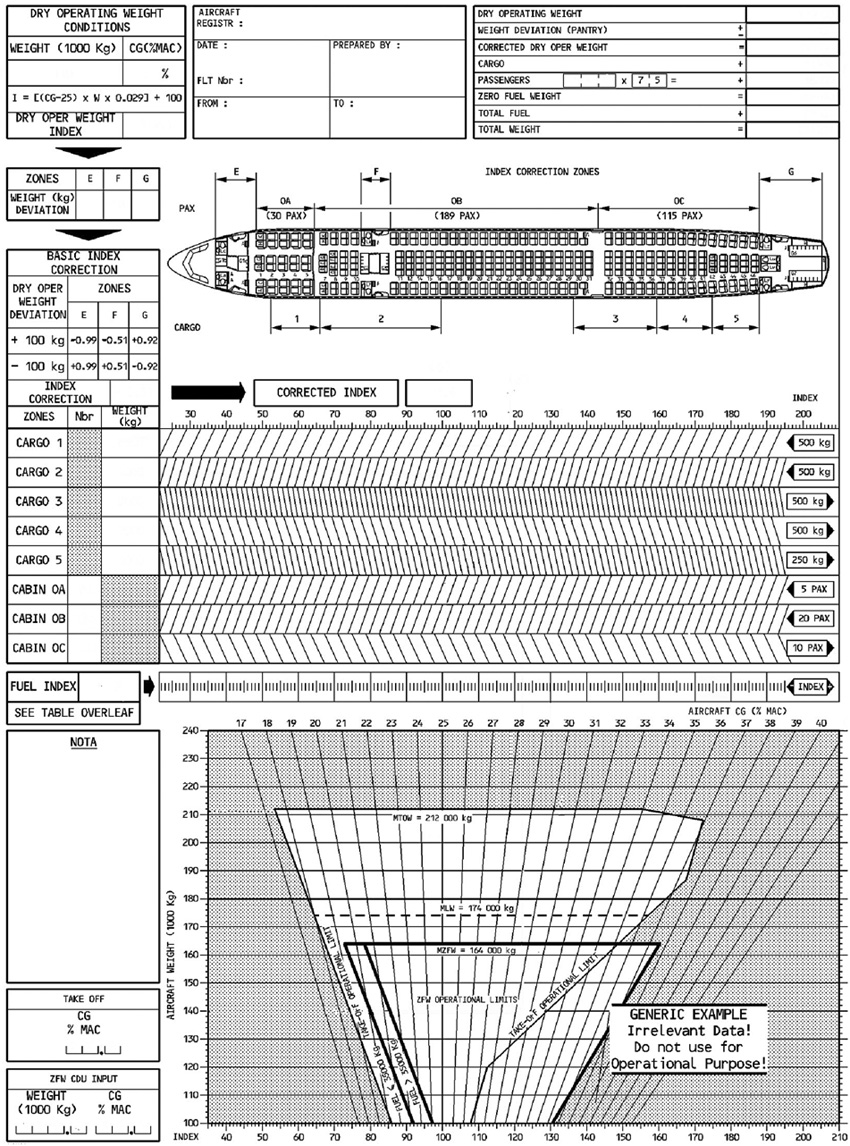 Distance (nm), wind component, landing mass at alternate.
Distance (nm), wind component, landing mass at alternate. Given .distance from departure to destination 320 nm.safe endurance 4 3 h.true ?
Question 94-15 : 263 nm 185 nm 131 nm 59 nm
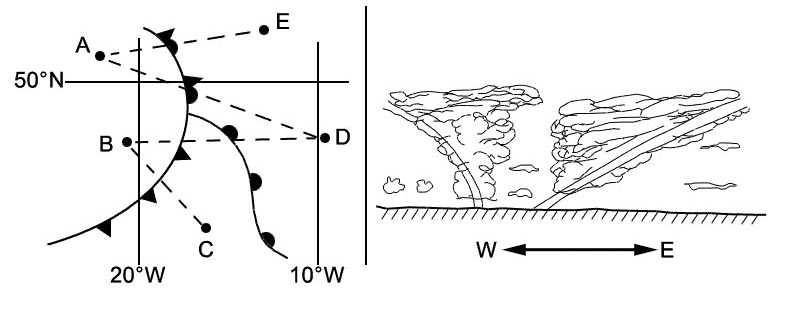 263 nm.
263 nm. The flight crew of a turbojet aeroplane prepares a flight using the following ?
Question 94-16 : The fuel transport operation is not recommended in this case 8 000 kg 22 000 kg 15 000 kg
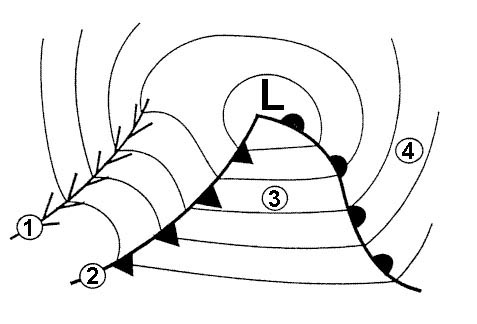 The fuel transport operation is not recommended in this case.
The fuel transport operation is not recommended in this case. At reference or see flight planning manual mrjt 1 figure 4 3 5 .the following ?
Question 94-17 : 3740 nm 3640 nm 3500 nm 3250 nm
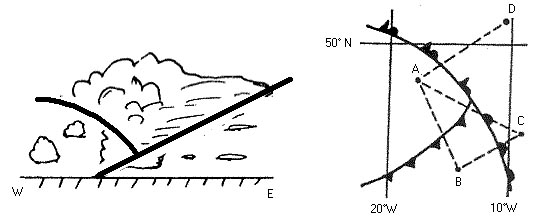 3740 nm.
3740 nm. Cas is 190 kt and altitude 9000 ft.temperature isa 10°c.true course ?
Question 94-18 : 203 nm 147 nm 183 nm 167 nm
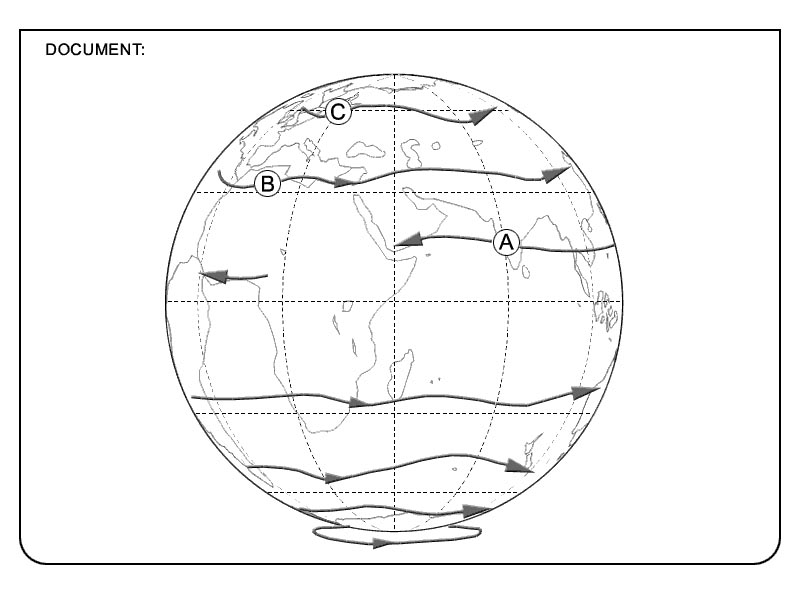 203 nm.
203 nm. Which best describes the significant cloud if any forecast for the area ?
Question 94-19 : 5 to 7 oktas cu and cb base below fl100 tops fl180 5 to 7 oktas cu and cb base fl100 tops fl180 3 to 7 oktas cu and cb base below fl100 tops fl180 nil
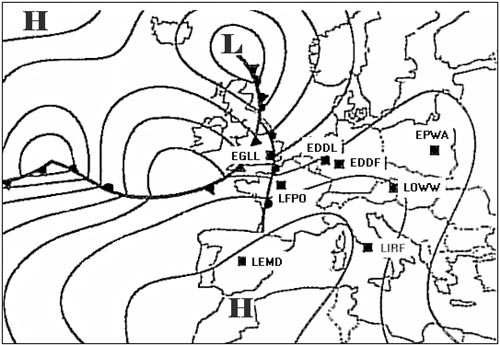 5 to 7 oktas cu and cb base below fl100, tops fl180.
5 to 7 oktas cu and cb base below fl100, tops fl180. Given .distance from departure to destination 190 nm .safe endurance 2 4 h ?
Question 94-20 : 148 nm 95 nm 73 nm 44 nm
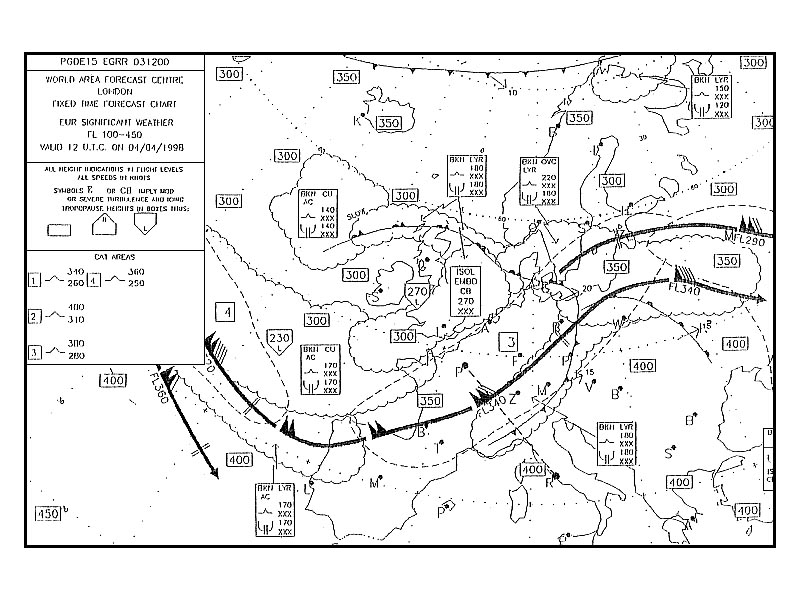 148 nm.
148 nm. At reference or see flight planning manual mrjt 1 figure 4 2.find the short ?
Question 94-21 : 30000 ft 25000 ft 21000 ft 27500 ft
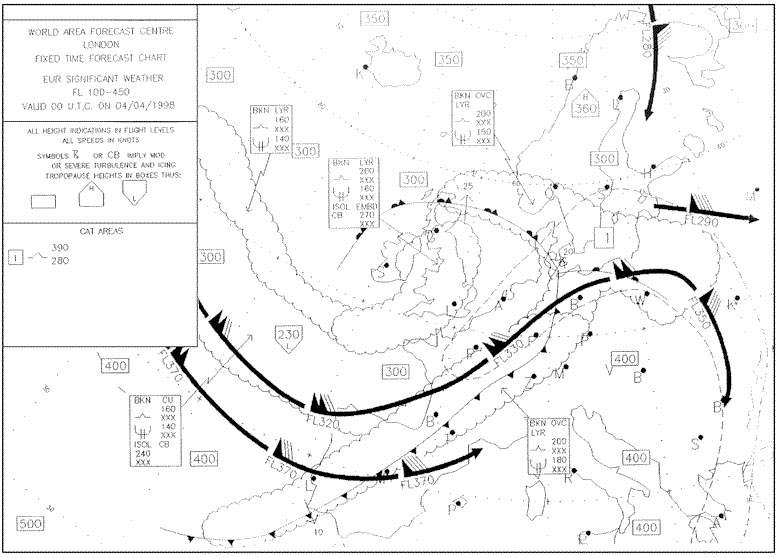 30000 ft.
30000 ft. Given .distance from departure to destination 350 nm .true track 320 .w/v ?
Question 94-22 : Distance 210 nm time 122 min distance 139 nm time 54 min distance 123 nm time 74 min distance 139 nm time 81 min
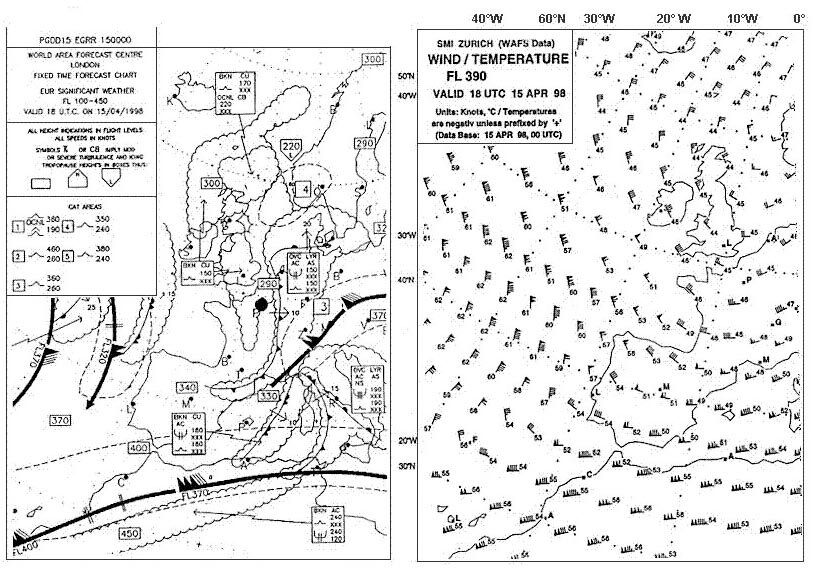 Distance: 210 nm time: 122 min
Distance: 210 nm time: 122 min Given .distance from departure to destination 240 nm .safe endurance 3 5 h .tas ?
Question 94-23 : Distance 216 nm time 118 min distance 134 nm time 58 min distance 108 nm time 52 min distance 24 nm time 13 min
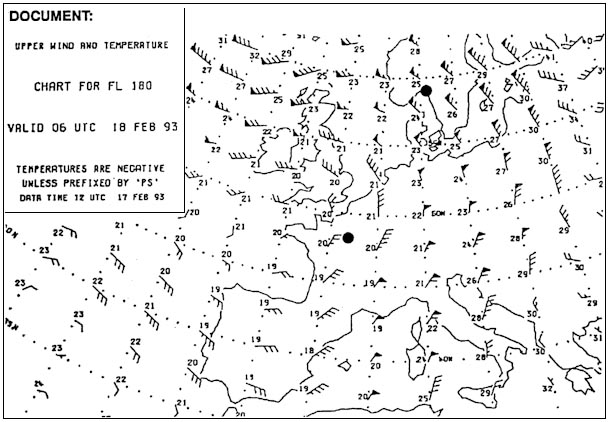 Distance: 216 nm time: 118 min
Distance: 216 nm time: 118 min Route manual chart nap.the average magnetic course from a 64°n006°e to c ?
Question 94-24 : 271° 259° 247° 279°
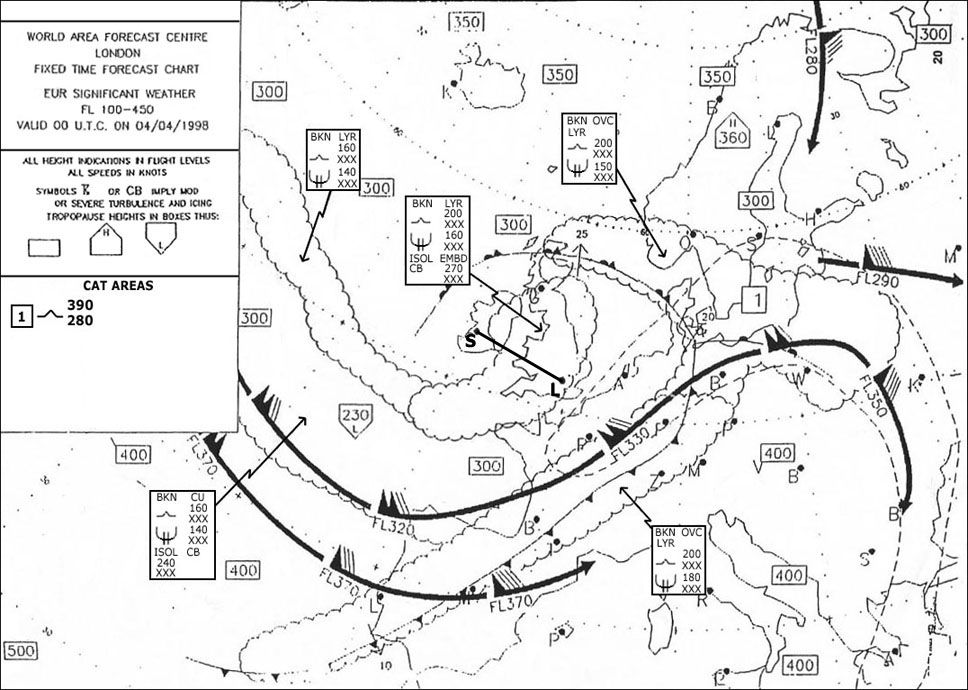 271°.
271°. Given .distance from departure to destination 165 nm .true track 055 .w/v ?
Question 94-25 : 92 nm 73 nm 83 nm 132 nm
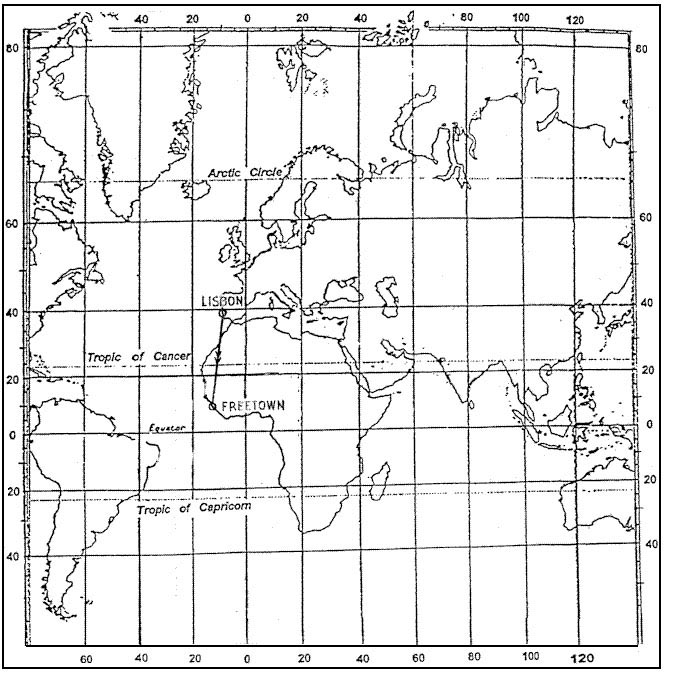 92 nm
92 nm Given .distance from departure to destination 140 nm .gs out 90 kt .gs home 80 ?
Question 94-26 : 66 nm 74 nm 70 nm 124 nm
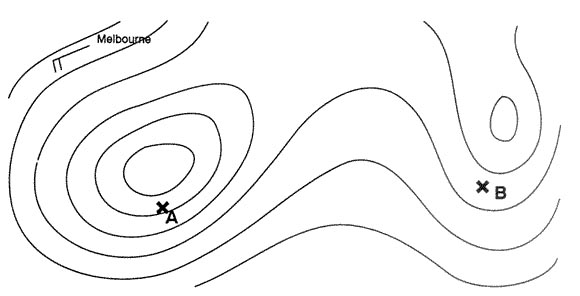 66 nm.
66 nm. Given .distance from departure to destination 6340 nm .safe endurance 15 h ?
Question 94-27 : 3756 nm 2560 nm 1878 nm 2584 nm
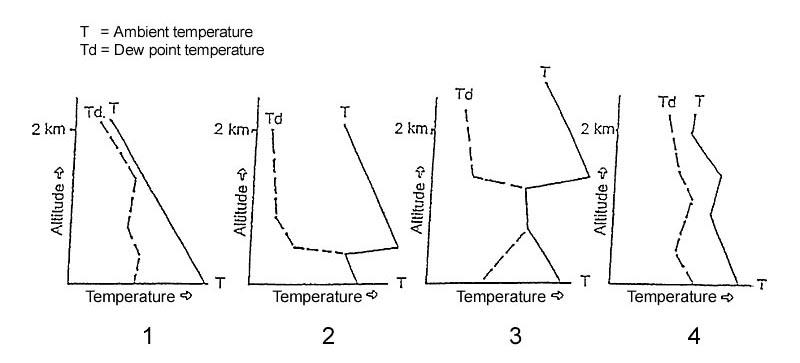 3756 nm
3756 nm Route manual chart nap.the distance nm from a 64°n006°e to c 62°n020°w is . ?
Question 94-28 : 720 nm 690 nm 1590 nm 1440 nm
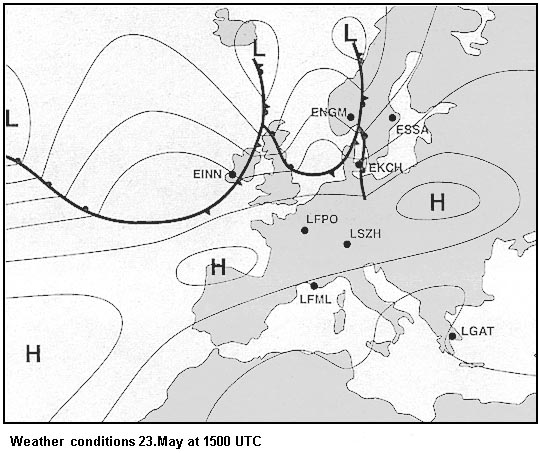 720 nm.
720 nm. Given . course a to b 088° t .distance 1250 nm.mean tas 330 kt.mean w/v ?
Question 94-29 : 1 hour 42 minutes 1 hour 54 minutes 1 hour 39 minutes 2 hours 02 minutes
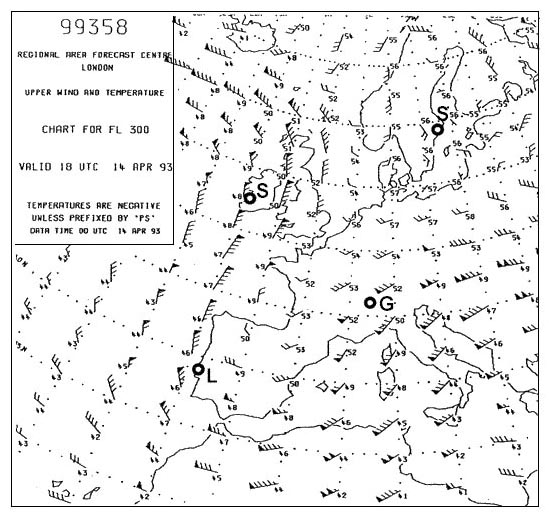 1 hour 42 minutes
1 hour 42 minutes Route manual chart nap. the average true course from a 64°n006°e to c ?
Question 94-30 : 259° 247° 271° 079°
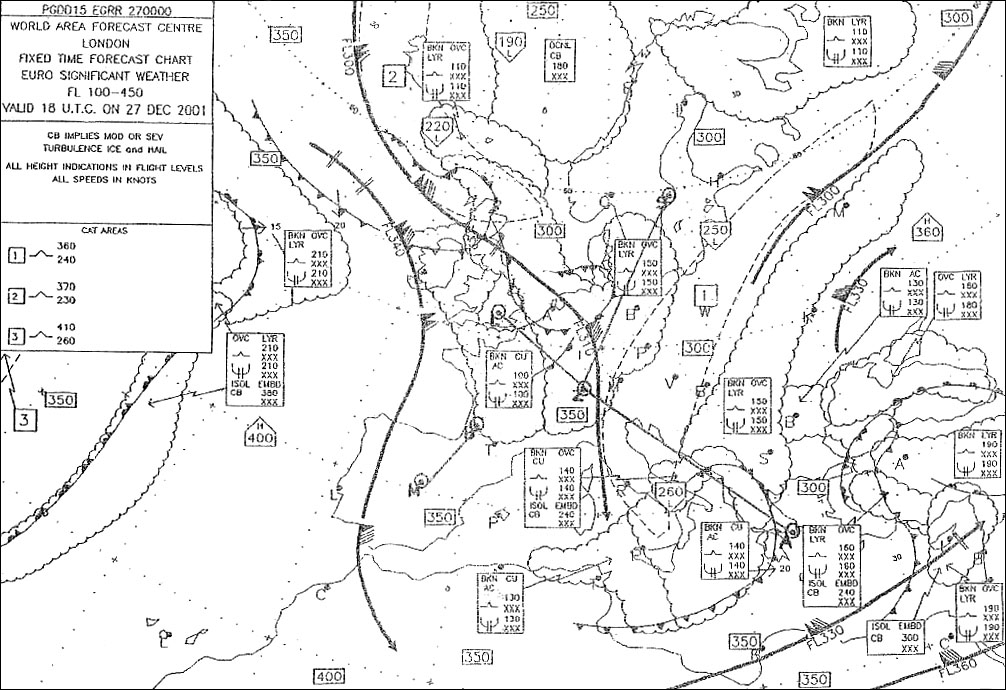 259°.
259°. Given .distance from departure to destination 340 nm.true track 320°.wind ?
Question 94-31 : 112 nm 228 nm 121 nm 219 nm
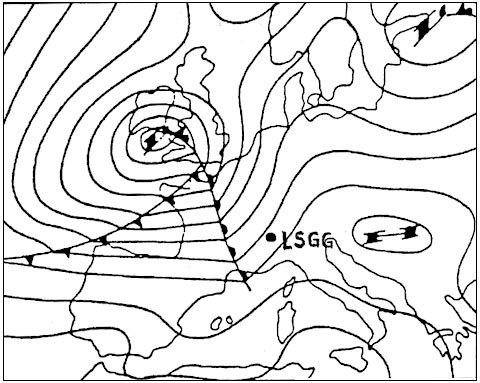 112 nm.
112 nm. Use route manual chart nap.on a direct great circle course from reykjavik ?
Question 94-32 : A 131° b 1095 nm a 311° b 1824 nm a 118° b 1095 nm a 140° b 1824 nm
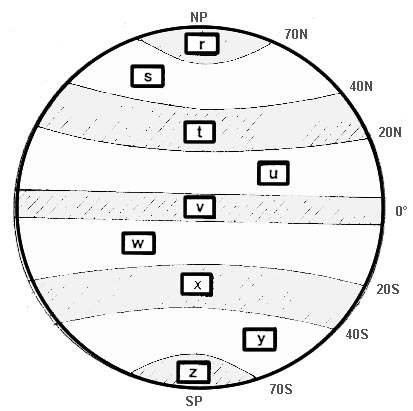 (a) 131° (b) 1095 nm
(a) 131° (b) 1095 nm Given .distance from departure to destination 330 nm .safe endurance 5 h .true ?
Question 94-33 : 302 nm 194 nm 150 nm 30 nm
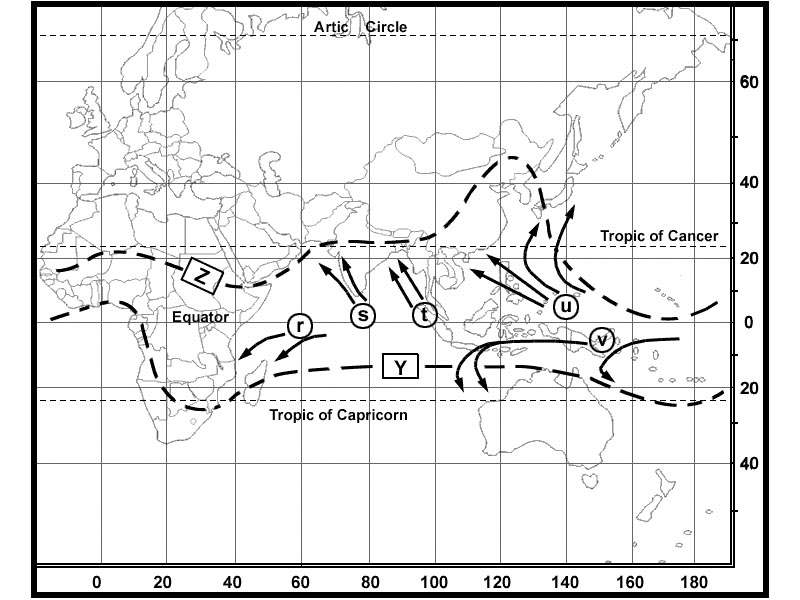 302 nm.
302 nm. Route manual chart nap. the initial magnetic course from a 64°n006°e to c ?
Question 94-34 : 275° 267° 271° 262°
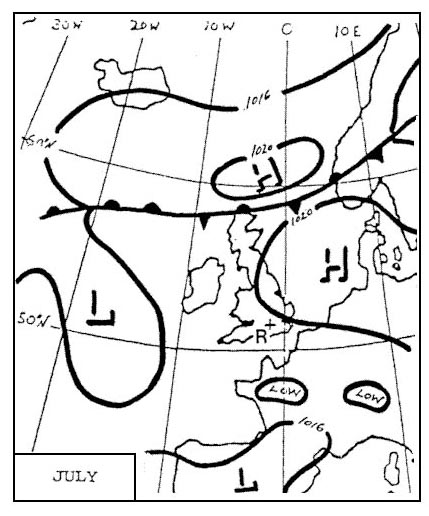 275°.
275°. The maximum wind velocity °/kt immediately north of tunis 36°n010°e . err a ?
Question 94-35 : 190°/95 kt 280°/110 kt 250°/85 kt 180°/105 kt
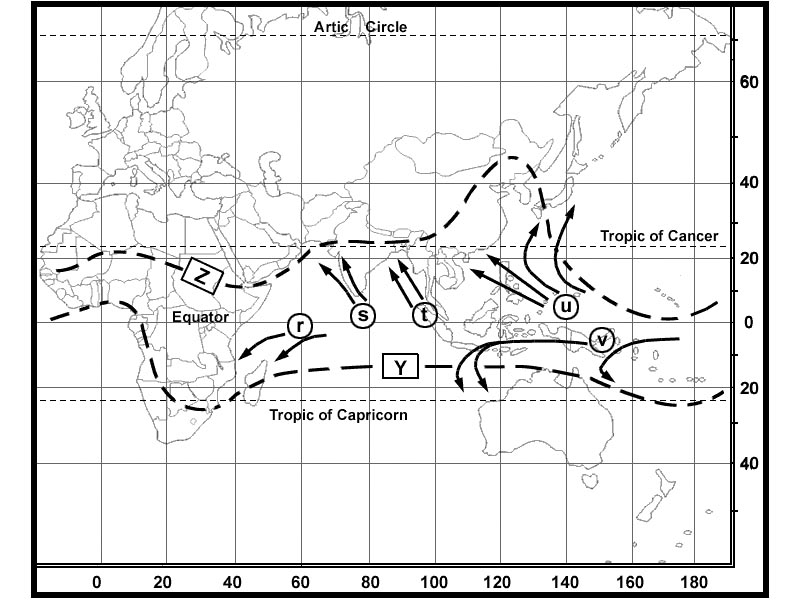 190°/95 kt.
190°/95 kt. Given . distance a to b 3060 nm.mean groundspeed 'out' 440 kt.mean groundspeed ?
Question 94-36 : 5 hours 30 minutes 5 hours 45 minutes 3 hours 55 minutes 5 hours 20 minutes
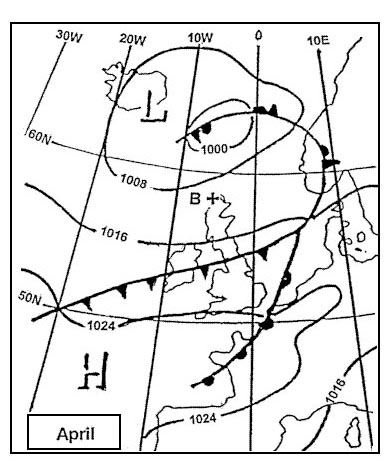 5 hours 30 minutes.
5 hours 30 minutes. The approximate mean wind component kt at mach 0 78 along true course 270° at ?
Question 94-37 : 40 kt headwind component 55 kt headwind component 35 kt tailwind component 25 kt tailwind component
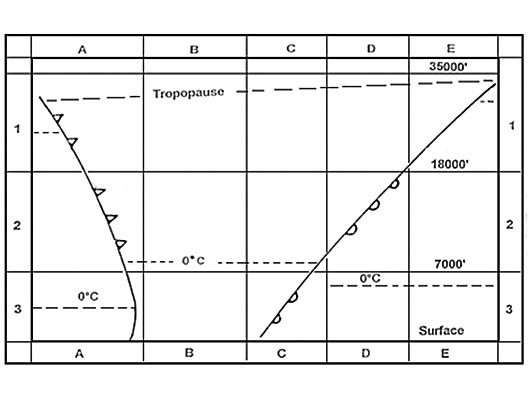 40 kt headwind component.
40 kt headwind component. Given .distance from departure to destination 340 nm.gs out 150 kt.gs home 120 ?
Question 94-38 : 151 nm 189 nm 170 nm 272 nm
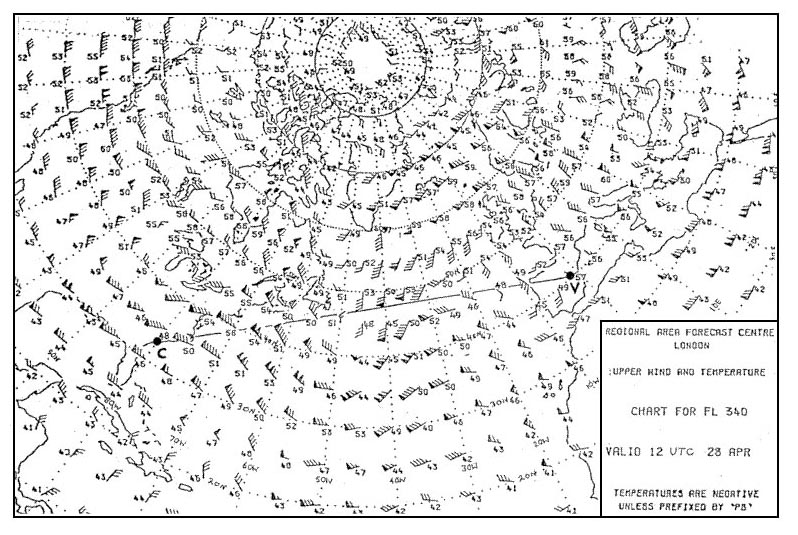 151 nm.
151 nm. Given .distance from departure to destination 470 nm.true track 237°.wind ?
Question 94-39 : 256 nm 214 nm 235 nm 205 nm
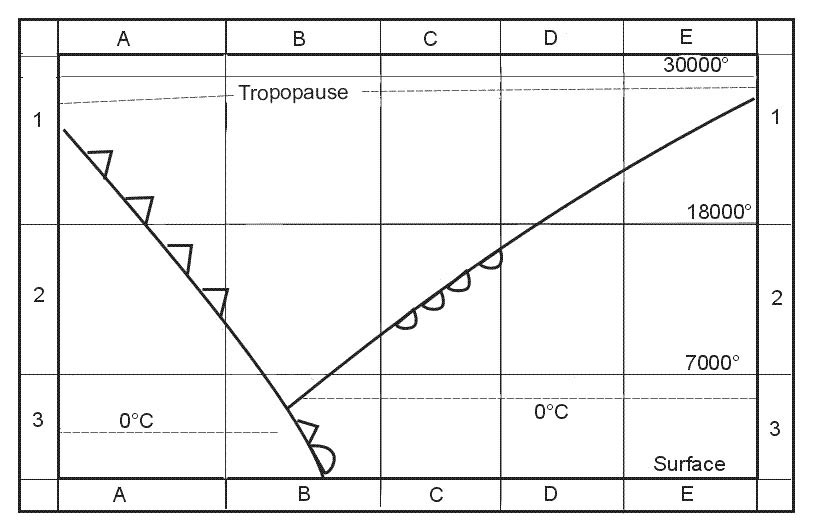 256 nm
256 nm From which of the following would you expect to find details of the search and ?
Question 94-40 : Aip atcc broadcasts notam sigmet
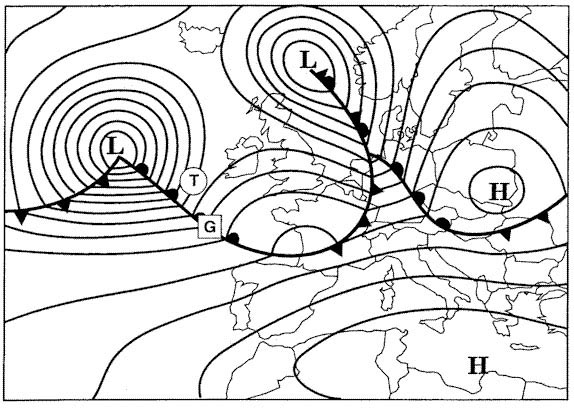 Aip
Aip ~
Exclusive rights reserved. Reproduction prohibited under penalty of prosecution.
3719 Free Training Exam
